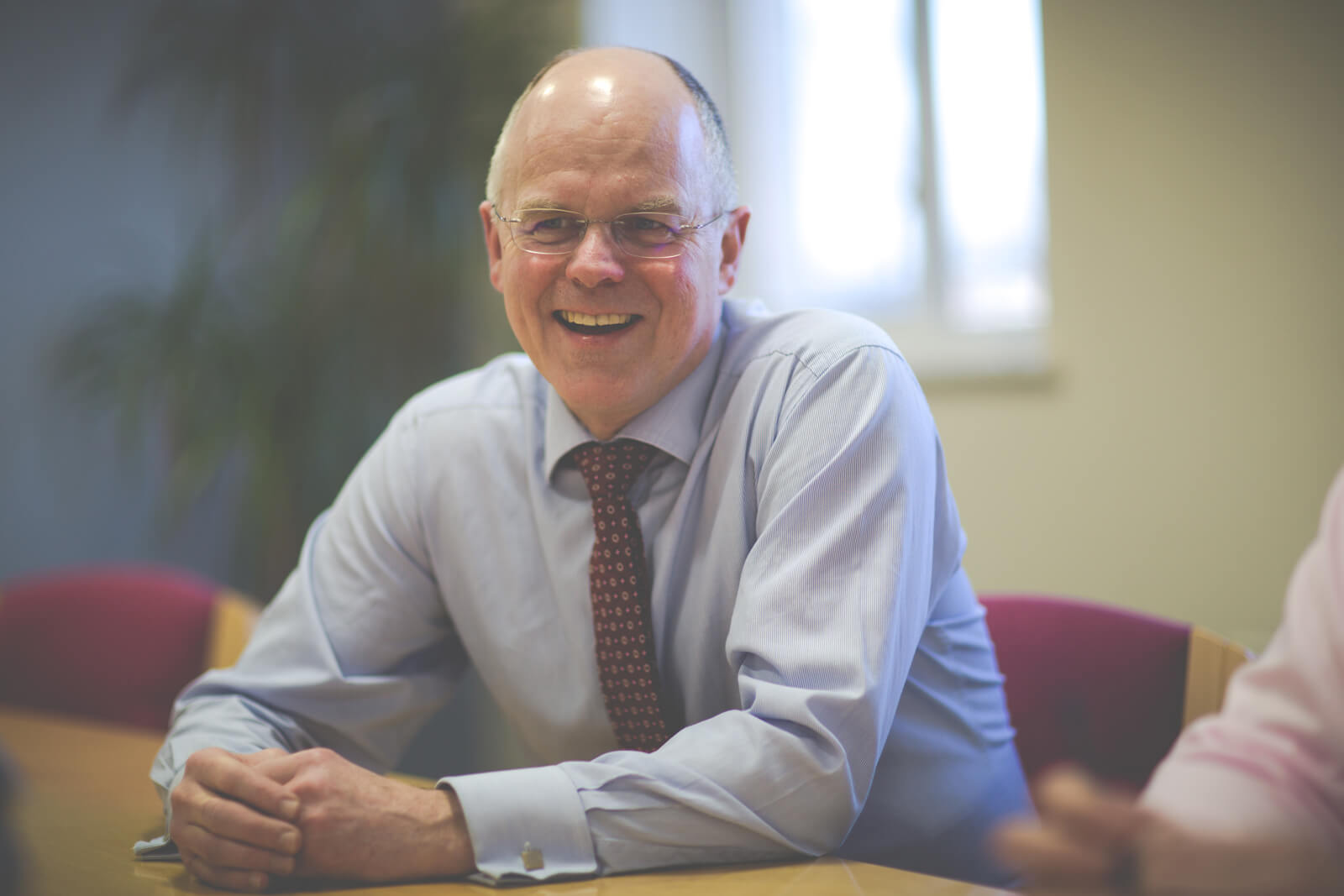From September this year, schools and colleges will be required to make higher payments into teachers’ pensions, as the minimum contribution rises to 23.68%.
That’s a significant jump from the current rate of 16.48%, and it’s already sparked a significant reaction from schools, with 62 private schools planning to leave the Teachers’ Pension Scheme (TPS) in light of the change.
Those staying in the scheme will need to make sure their payroll systems are set up for the increase before the new academic year gets under way.
What’s happening?
The TPS is a statutory occupational pension scheme and all employees between the ages of 16 and 75 are automatically members, unless they formally opt out.
State schools are required to offer it, while private schools have the option to leave entirely – although this may make it difficult to recruit and retain staff, as there’s currently no option to keep some staff in the scheme and some out of it.
While the Department for Education has said it will fund the contribution change for state schools, it won’t do the same for private schools.
Julie Robinson, chief executive of the Independent Schools Council (ISC), said the “first preference” for independent schools would be to remain in the TPS, but that they were “facing significant cost increases” because of the changes.
In response to a Government consultation on the issue, the ISC asked for a ‘mixed economy arrangement’, which would allow schools to leave the scheme but continue to offer it for some staff.
Why is the contribution rate changing?
The reasoning behind increases to employer contributions is complicated, but essentially, they’re based on an assessment of the cost of future payments from the scheme.
A wide range of public sector employers have been hit by the increases, including those in the NHS, the civil service and the police force.
These took place in April 2019, but the change for teachers was delayed until September to make it easier to budget.
What’s the future for the TPS?
The Department for Education has said it will consult on offering more flexibility for independent schools in the TPS.
However, the Association of Colleges raised questions about the overall sustainability of the scheme, citing the impact of public sector pension reforms on their long-term costs.
It said:
“There is no reason why the education system cannot manage with a higher 23.68% employer contribution rate, but only if public spending on education is set at a higher level.”
“HM Treasury’s current spending plans imply limited increases in the education budget and there are lots of other pressures, so there is a risk that higher pension costs will reduce the money for other things.”
Get in touch
We can provide full payroll services for independent schools, including pension contributions and reports, and we can carry out the annual certification work required by the scheme.
Find out more about our services for schools, or contact us.
Dick Haffenden
